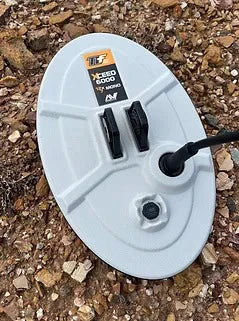News
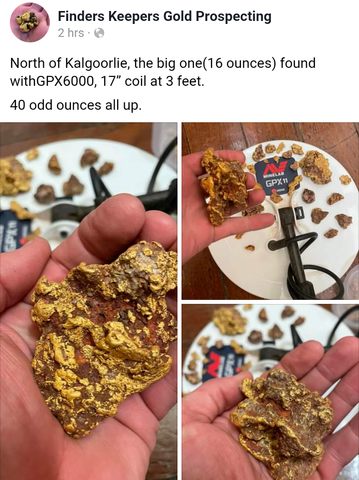
Some Awesome Aussie GPX 6000 Finds
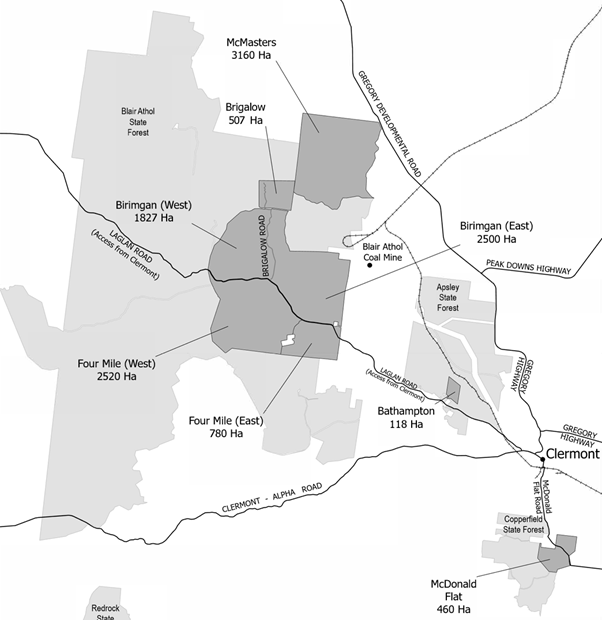
WHERE can I go detecting gold in Queensland ?
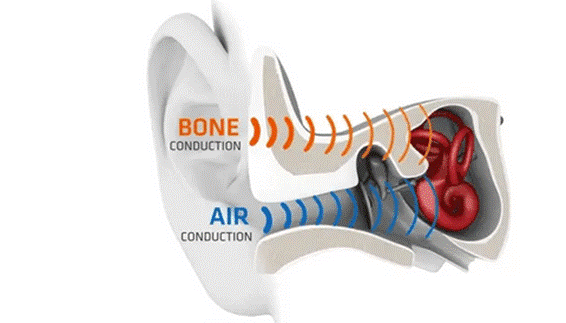
Minelab Detector Options and Accessories for the Hearing Impaired

Aussie-made Coiltek GOLDHAWK coils

Tips for Gold Hunting in Western Australia - Part 3

Tips for Gold Hunting in Western Australia - Part 2
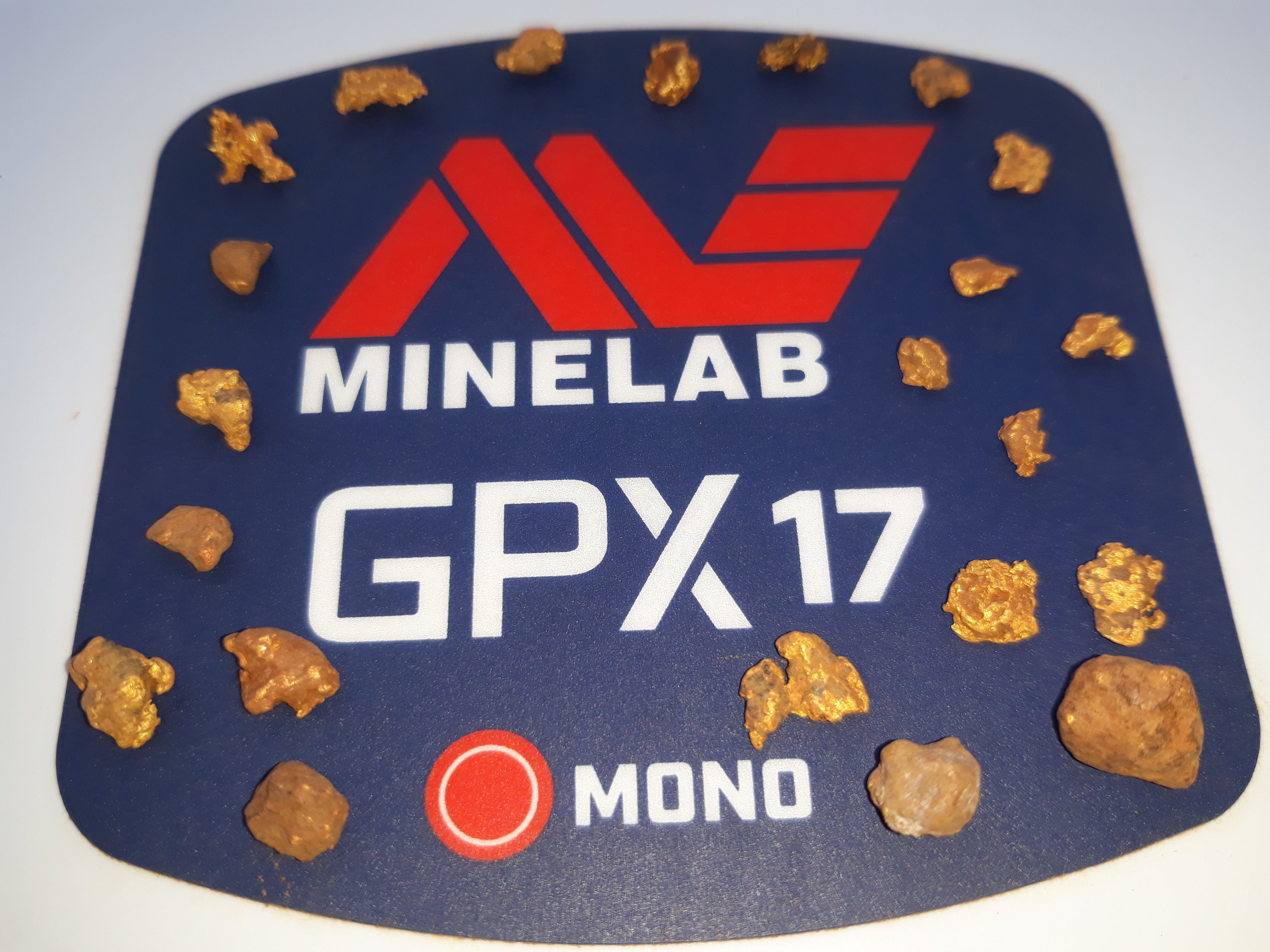
Tips for Gold Hunting in Western Australia - Part 1
